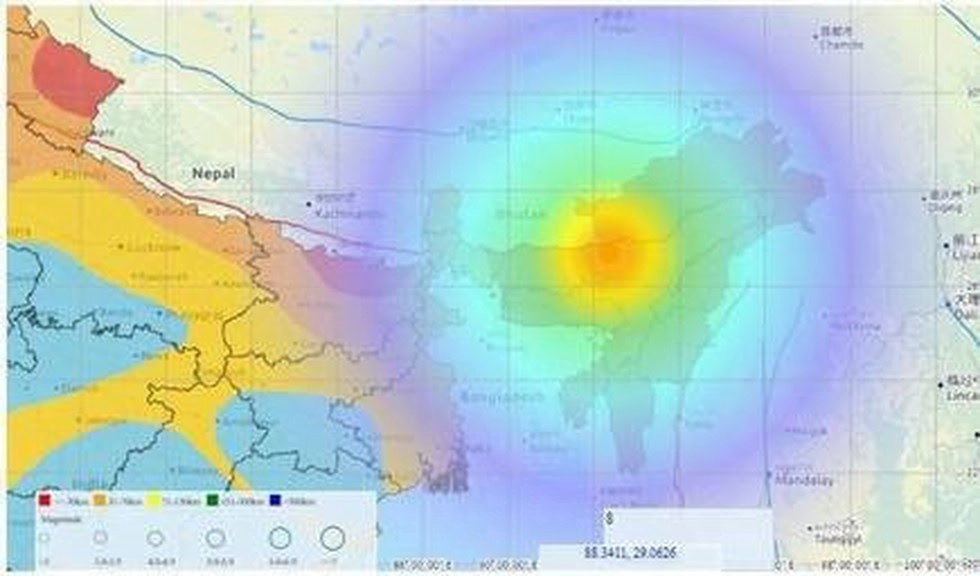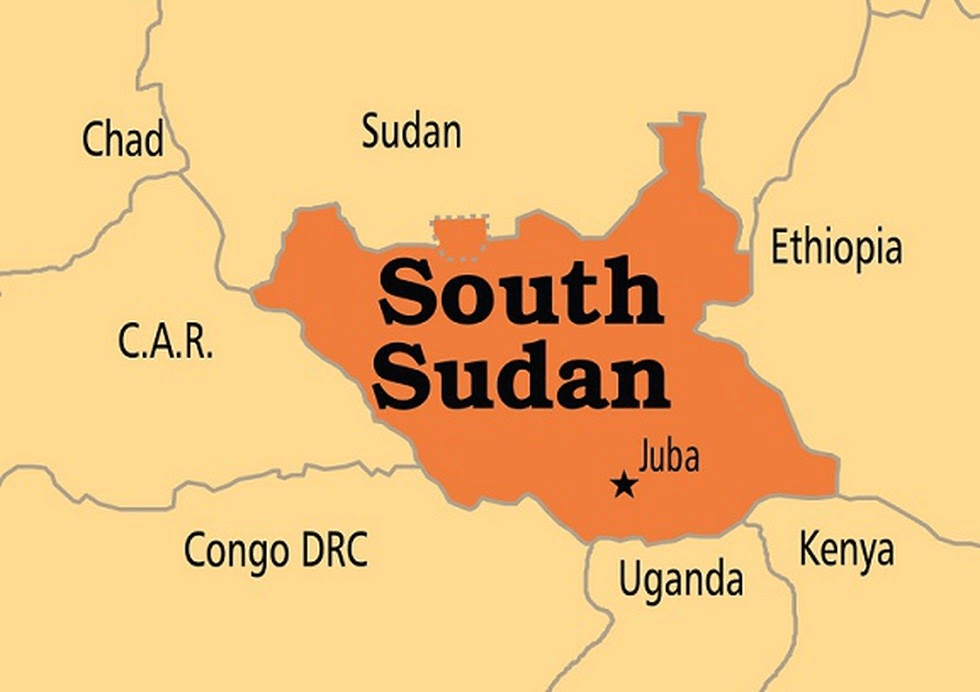IASbaba's Daily Current Affairs Analysis
Archives
(PRELIMS + MAINS FOCUS)
‘Connected Commerce: Creating a Roadmap for a Digitally Inclusive Bharat’ report
Part of: GS Prelims and GS-III – Economy
In news
- NITI Aayog and Mastercard released a report titled ‘Connected Commerce: Creating a Roadmap for a Digitally Inclusive Bharat’.
Key takeaways
- The report identifies challenges in accelerating digital financial inclusion in India.
- It provides recommendations for making digital services accessible to its 1.3 billion citizens.
Key recommendations
- Strengthening the payment infrastructure to promote a level playing field for NBFCs and banks.
- Digitizing registration and compliance processes and diversifying credit sources to enable growth opportunities for MSMEs.
- Building information sharing systems, including a ‘fraud repository’, and ensuring that online digital commerce platforms carry warnings to alert consumers to the risk of frauds.
- Enabling agricultural NBFCs to access low-cost capital and deploy a ‘phygital’ (physical + digital) model for achieving better long-term digital outcomes.
- To make city transit smoothly accessible to all with minimal crowding and queues, leveraging existing smartphones and contactless cards and make it an inclusive, interoperable, and fully open system
Lineament among four factors behind frequent earthquakes in northern Assam
Part of: GS Prelims and GS – I – Geography
In news
- An unfamiliar lineament is among four factors behind frequent earthquakes in northern Assam’s Sonitpur area.

Key takeaways
- A lineament is a linear feature in a landscape dictated by an underlying geological structure such as a fault.
- According to the Geological Survey of India (GSI), Sonitpur district lies within a tectonically complex triangular area bounded by the east-west trending Atherkhet Fault, the northwest-southeast trending Kopili Fault and a north-south trending lineament.
- The two faults and the lineament, along with the convergence of the Indian plate, have caused frequent earthquakes.
- The National Centre of Seismology recorded 29 earthquakes of magnitude varying from 2.6 to 4.7 in Sonitpur after the 6.4 tremblor on April 28 that damaged several buildings, bridges and a river embankment.
Do you know?
- The north-east India is demarcated as Seismic Zone V, which indicates a zone with high vulnerability.
- The Indian plate is moving northeast toward the Eurasian plate in the Himalayan region, their slanting collision and release of stress and strain accumulated in the local tectonic or fault environments lead to earthquakes.
South Sudan’s Parliament dissolved
Part of: GS Prelims and GS-II – International Relations
In news
- South Sudan’s President Salva Kiir has dissolved Parliament.
- Lawmakers from opposing sides of the country’s civil war shall now be appointed under a 2018 peace accord.

Key takeaways
- The setting up of a new legislative body was part of an accord signed in September 2018 between Mr. Kiir and Vice-President Riek Machar.
- In accordance with the 2018 accord, the new assembly will number 550 lawmakers, the majority — 332 — from Mr. Kiir’s governing SPLM party.
- The parliamentarians will be nominated by the different parties.
Important value additions
- South Sudan is a landlocked country in east/central Africa.
- It is bordered to the east by Ethiopia, to the north by Sudan, to the west by the Central African Republic, to the south by Uganda.
- It gained independence from the Republic of the Sudan in 2011, making it the most recent sovereign country
- Its capital is Juba.
- It includes the vast swamp region of the Sudd, formed by the White Nile and known locally as the Bahr al Jabal meaning “Mountain River”.
- The White Nile passes through the country, passing by Juba.
S. Janakiraman advisory Group
Part of: GS Prelims and GS – III – Economy
In news
- An advisory group has been constituted to assist the second Regulatory Review Authority (RRA)
- RRA was set up by the RBI recently to streamline regulations and reduce the compliance burden of regulated entities.
Key takeaways
- Headed by: SBI Managing Director S. Janakiraman.
- The group will assist the RRA by identifying areas, regulations, guidelines, returns which can be rationalised
- It shall submit reports periodically to RRA containing the recommendations/suggestions.
Do you know?
- In 1999, the RBI had set up a Regulations Review Authority (RRA) for reviewing the regulations, circulars, reporting systems, based on the feedback from the public, banks, and financial institutions.
(Mains Focus)
HEALTH/ GOVERNANCE
Topic:
- GS-2: Government policies and interventions for development in various sectors and issues arising out of their design and implementation.
Challenge ahead in vaccinating India
Context: Covid-19 vaccines were developed at an astonishing pace. No other disease has seen so many vaccines developed so fast. Out of 250 candidate vaccines that were being developed, at least 10 have already been approved for emergency use in different parts of the world.
Even after so many vaccines having been approved, why is there a huge shortage of supply, and unjustifiable and inequitable access to these vaccines?
- High Demand: With about seven billion people to be vaccinated worldwide, with mostly two jabs each, the demand for vaccines all across the world is obviously very high.
- Stockpiling by Developed Nations: The rich nations have behaved as they always do. More than 80% of available vaccines have been ordered and/or already stocked by a few countries representing only about 20% of the world population
- Vaccination plans of Rich Nations: Western countries, which have already immunised a significant portion of their adult populations, will proceed to vaccinate young children and, perhaps, even babies. It will therefore become even more difficult to access these vaccines in the free market.
- New Virus Mutants: New waves the world over are driven by mutants and although current vaccines seem effective against these, the chances of emergence of immune-escape mutants will only increase
- Fragile healthcare system: India’s poor healthcare system, has come under immense pressure as never before. There is an acute shortage of medical oxygen, and there is a big gap in the supply chain of the ambitious programme to vaccinate all its adult population.
- Huge Population in India: Although India ranks number three after the US and China in the absolute number of vaccines administered, only about 13% of its population has received a single jab and about 2% fully vaccinated
- Ramping up of existing production takes time: India is well known as the hub of vaccine manufacturing, however, vaccines are complex formulations of many components and depend on a seamless supply of raw materials that are mostly imported. Ramping up of existing production, even after adequate funds are available, will inevitably take a minimum 2-3 months.
Way Ahead
- With at least three or four more vaccines, including Sputnik V, Janssen, and Novavax, already slated to be produced in India and several more being indigenously developed, India would certainly be producing vaccines to vaccinate its population.
- The proposed IP waiver might open up space for production of Covid vaccines with emergency use authorisations (EUA) on a larger scale in middle-income countries like India.
Connecting the dots:
POLITY/ GOVERNANCE
Topic:
- GS-3: Issues pertaining to federalism.
- GS-2: Government policies and interventions for development in various sectors and issues arising out of their design and implementation.
Decentralisation and COVID
Context: We need to respond with speed and agility to turn the tide of COVID Second Wave that is ravaging our country.
Merits of Decentralized approach
- Local Knowledge: Giving freedom to local bodies is the key because they have the advantage of ‘on ground’ information, monitoring and immediate action when it comes to tackling a public health emergency like COVID.
- Decentralization encourages ownership and sharing of responsibility, while a centralized command-and-control approach leads to passing the buck for crisis decisions to alternative sources of authority
- Community participation is key: If covid-appropriate behaviour and vaccinations are to be effectively enforced, it will need the active participation of everyone at the community level across the country.
- Lessons from success stories: The decentralized approach during covid first wave had led to the creation of success stories such as the ‘Kerala model’, the ‘Bhilwara model’, the ‘Dharavi model’ or the ‘Karnataka model.’ Likewise, lessons from successful models (Ex: Kerala Model) needs to be learnt this time.
- Tiered vaccine pricing: Vaccines need to be offered to the Central and state governments at a uniform price. The private sector, may be provided price flexibility based on the volumes procured. This may speed up vaccination drive
Conclusion
In the next few days, industry associations, corporate entities, self-help groups, RWAs, traders’ associations and political parties will have to join forces and act locally down to the ward, district and panchayat levels if we are to win the battle against the virus at the national level.
(TEST YOUR KNOWLEDGE)
Model questions: (You can now post your answers in comment section)
Note:
- Correct answers of today’s questions will be provided in next day’s DNA section. Kindly refer to it and update your answers.
- Comments Up-voted by IASbaba are also the “correct answers”.
Q.1 Which of the following is the most recent sovereign country?
- Somalia
- Libya
- South Sudan
- Sudan
Q.2 Consider the following statements:
- A lineament is a linear feature in a landscape dictated by an underlying geological structure such as a fault.
- The north-east India is demarcated as Seismic Zone V, which indicates a zone with low vulnerability.
Which of the above is/are correct?
- 1 only
- 2 only
- Both 1 and 2
- Neither 1 nor 2
ANSWERS FOR 10th May 2021 TEST YOUR KNOWLEDGE (TYK)
| 1 | B |
| 2 | D |
| 3 | D |
Must Read
On international pressure on Israel:
On decoding inequality in digital world:
About National Task Force on oxygen supply:














